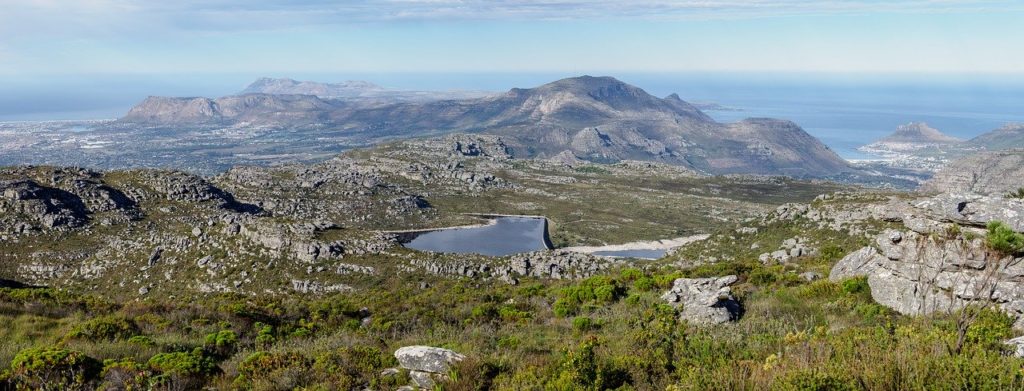Dams are full for the first time since 2014, bringing huge relief to residents of the Western Cape. Only two years ago the City faced being the first in the world to run out of potable water. Usage was at an all time high prior to the drought and dam levels dipped below 20% capacity at the worst point of the drought, leaving the City with no option but to charge a water tariff, implement restrictions throughout the province and track usage via a water map.
On Monday, the City announced that the total capacity of dams supplying the metro increased to 90,7% for the week of 24 – 30 August 2020. This is a notable 2,7% increase from 88% a week ago.
More good news is that consumption decreased by nine-million litres per day this week from an average of 633-million litres per day the previous week to 642 million litres per day.
But what about a decrease in water tariffs? After news of the fuller dam levels were announced on Monday, residents questioned why the water tariff is still in place and whether the cost of water will remain significantly high.
Total capacity of dams supplying the Cape Town metro increased to 90,7% for the week of 24 to 30 August 2020, a 2,7%…
Posted by City of Cape Town on Monday, August 31, 2020
Mayoral Committee Member for Water and Waste, Xanthea Limberg addressed this issue in a post on the City of Cape Town’s Facebook page, saying that a reduction in tariffs will depend on how much water residents use, and climate change should also be taken into consideration. These factors make it unlikely to suspend the water tariff .
“Significant recent rainfall has pushed total rainfall for 2019/20 close to the long-term average and dams are close to full for the first time since 2013/2014. This will of course prompt serious consideration that current water restrictions be further eased following the end of the rainy season (October 31).
“However, residents should please keep in mind that the impact of climate change in subsequent years is still uncertain and that this will also be factored into the eventual decision around restrictions,” said Limberg.
The City has estimated that they are selling about 30% less water than before the water restrictions, and they have to cover their costs for maintenance and supplementary water supplies.
“Regarding tariffs: as previously stated, a reduction in tariffs will be dependent on an increase in consumption. Currently, the City is selling approximately 30% less water than before the drought, but is facing additional costs that come with increasing our resilience.
“It is important that the City cover its costs to ensure that the maintenance and augmentation programmes can be carried out. Should the amount of water we are selling significantly increase this will be factored into the tariffs, but given the uncertain impact of climate change it may not be wise to actively encourage such an approach at this stage,” said Limberg concluded.






